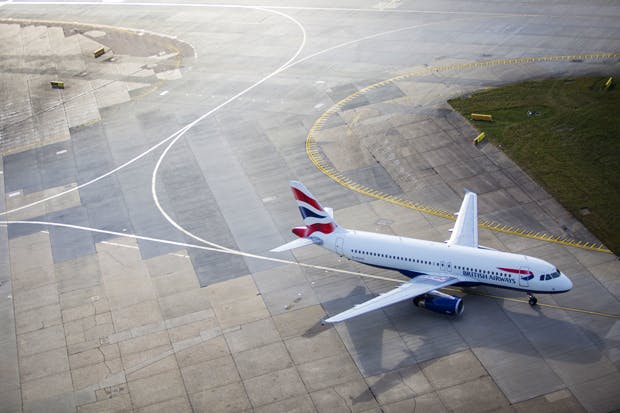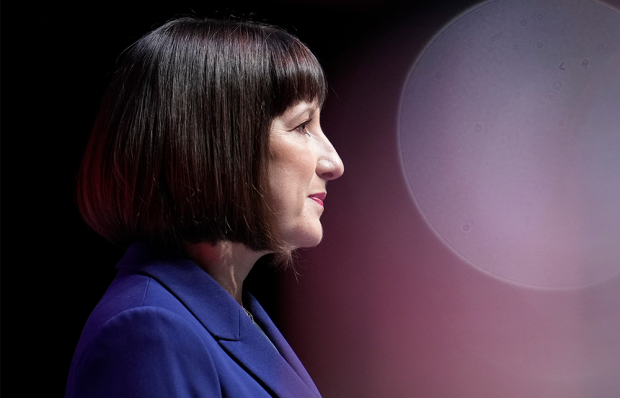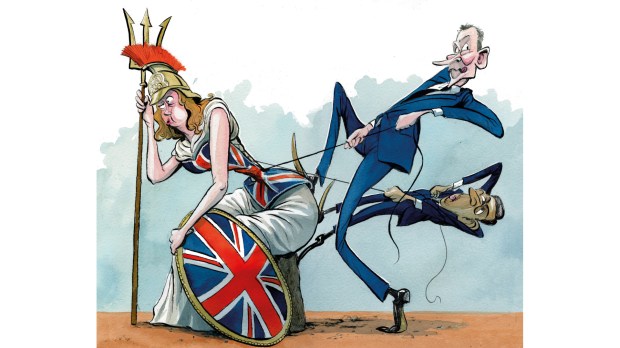An extra runway for Heathrow was first proposed by a Labour government — not Gordon Brown’s, or Tony Blair’s, but Clement Attlee’s in 1949. The revived scheme, announced in 2003, has taken 13 years to win government approval. Even now it’s unclear whether it will ever be built, given the legal, practical and political obstacles.
The MPs who will vote on this in a year’s time will have difficult questions to answer. Is it wise to further entrench the power and pull of Europe’s busiest airport, rather than expand Gatwick and promote competition? And must we expect regional traffic to go via Heathrow for long-haul flights? Why not allow smaller airports to expand, so that Mancunians can fly to Manchuria without needing to go near London? Trends in aviation show that direct flights are the future, thanks to the emergence of smaller long-haul aircraft such as the Boeing 787 Dreamliner. Heathrow’s case is built on the hub-and-spoke proposition of yesteryear.
In fact, we are really only back to where we were in 2009 when Gordon Brown approved Heathrow’s third runway (and was condemned for doing so by Theresa May). There will now be a public consultation — and the inevitable legal challenges. Not to mention the prospect of the Foreign Secretary honouring his pledge to throw himself in front of Heathrow’s bulldozers should work actually start. By approving only Heathrow, the government has guaranteed years of wrangling and piled delay upon delay.
In Britain we have built one formidable industry on the back of Heathrow: that of lawyers and planners who specialise in holding inquiries, commissions and feasibility studies — and then, when a project is under way, judicial reviews and other legal challenges. Heathrow’s third runway has already cost taxpayers £13 million for the Davies commission and £4 million for the study commissioned by Alistair Darling in 2003. And that is before a single inch of land has been cleared.
The sclerosis is not limited to airports — we have been through exactly the same tedious process over Hinkley C nuclear power station and the High Speed 2. Road-building all but ceased in Britain 20 years ago, with just inadequate pieces of infill since. Heathrow doesn’t even hold the record for a non-appearing infrastructure project: the Silvertown tunnel, approved by Sadiq Khan this month, is the latest manifestation ofan east London river crossing first proposed in 1944.
Part of the problem is political. Promising to block projects which have strong local opposition has become too attractive an option for parties that don’t have any better ideas — as becomes all too evident when they get into power. The last Labour government did make an attempt to cut through the red tape with the creation of the Infrastructure Planning Commission. One of the first acts of the coalition was to abolish that body.
Another problem is that governments have brought legal challenges to their own decisions. The Climate Change Act, which will form part of the basis of a judicial review funded by Greenpeace and local councils, places a legal commitment on the government to reach targets for cutting carbon emissions. Of course it is desirable that emissions be cut, but setting legally binding targets — without any real idea of how they would affect the economy in future — has succeeded only in passing a huge amount of power from Parliament to the courts. Where to site an airport ought to be a decision made by elected politicians (or, ideally, the market). Instead, it could ultimately be made by an unelected judge.
There is a problem, too, with the way projects are conceived. Vast numbers of man-hours, for example, are going into studies, reports and inquiries on HS2. Yet the whole premise of the project — that we need a 225mph railway rather than improvements and expansion of existing lines, which would offer lower speeds, but which would access towns and cities bypassed by HS2 — was never analysed. The whole idea was a London–centric vanity project plucked out of thin air, which is the reason for all the difficulties since. A new east-west line, connecting Liverpool, Manchester, Leeds and Hull would be far more useful. But in Whitehall it seems that all roads, railways and air routes must to lead to London.
In a few years’ time we may wonder why so much effort has been expended over a choice of London airports when the growth in demand for air travel demands expansion not just at Heathrow and Gatwick, but at Birmingham and Manchester, too. The Prime Minister ought to have said that, given the decades of delay on the new runway decision, she would grant permission for all four to expand. Heathrow’s third runway may proceed as well as its owners claim. But if it is sunk by its own impracticalities, then its many rivals should have the freedom to make their own plans.
The government is not very good at taking infrastructure decisions. It takes too long, and then usually makes the wrong call. It should have seized this chance to grant approval to several airports, and let consumers decide. Apart from anything else, a third runway at Heathrow will soon be running at full capacity — and the question of airport expansion will present itself yet again. In choosing only Heathrow, the government has ensured that airport expansion is a problem delayed rather than a problem solved.
Got something to add? Join the discussion and comment below.
Get 10 issues for just $10
Subscribe to The Spectator Australia today for the next 10 magazine issues, plus full online access, for just $10.














Comments
Don't miss out
Join the conversation with other Spectator Australia readers. Subscribe to leave a comment.
SUBSCRIBEAlready a subscriber? Log in